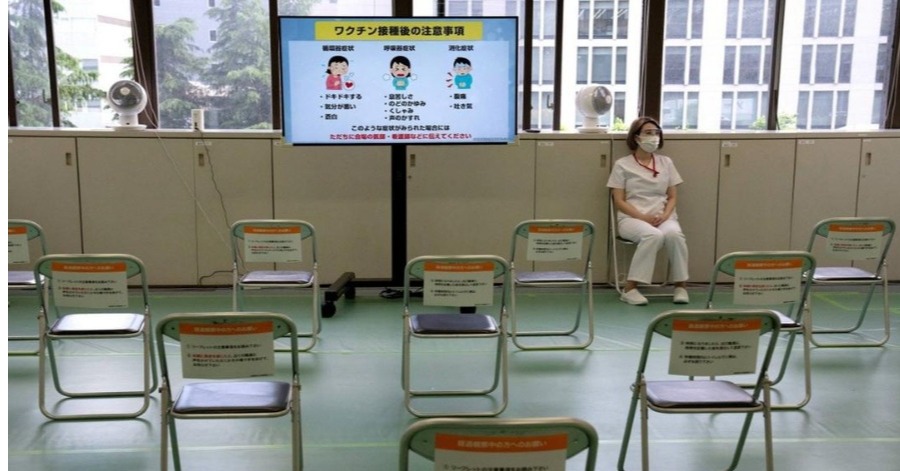Lately, there has been so much terrifying news about the lightning as there are many occurrences of heavy rain happen here in Malaysia. Some people do not actually know what they have to do when there are lightning strikes happened near their area when they are outside of a building. One of the safety methods that could be done by them is actually the ‘duck and cover’ position.
‘Duck and cover’ position is actually a method of personal protection against many natural disasters and one of them would be the lightning strike. This position can be simply said by crouching down in a ball-like position with your head tucked and hands over your ears so that you are down low with minimal contact with the ground. This is how the ‘duck and cover’ position helps to reduce the risk of lightning strikes.

- If we are in an open area and there is no shelter, we need to be in a position of lightning defense by squatting called ‘Duck and Cover’.
- According to a book entitled ‘Hiroshima 1946’, after the first Hiroshima bombing in Japan, a Hiroshima survivor traveled to Nagasaki to teach the public the ‘Duck and Cover’ technique. As a result, most of them were able to survive the nuclear attack on Nagasaki.
- In this position, our body is as low as possible. This can reduce the chances of being struck by lightning.
- Never lie on the ground because if lightning strikes the ground, the flow of electric current may flow through our body.
- Tilt the feet and make sure only the toes are in contact with the ground. Lightning is likely to shoot the ground first before entering our bodies. By minimizing contact with the ground, the risk of becoming a conductor of electric current can be reduced.
- Touch the heel of the left foot with the right foot. If an electric current flows in our body through one of the legs, then it will take the shortest route to get out to the ground again. This technique can reduce serious injuries.
- Put your hands on your ears. This is to protect the ears from loud noises that can deafen the ears.
Sources: Backpacker, CDC.





Leave a Comment